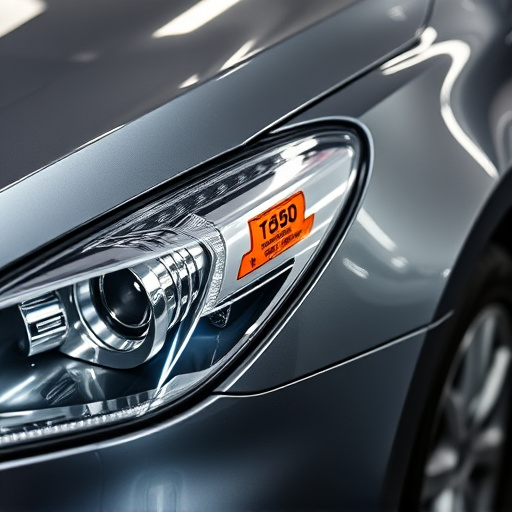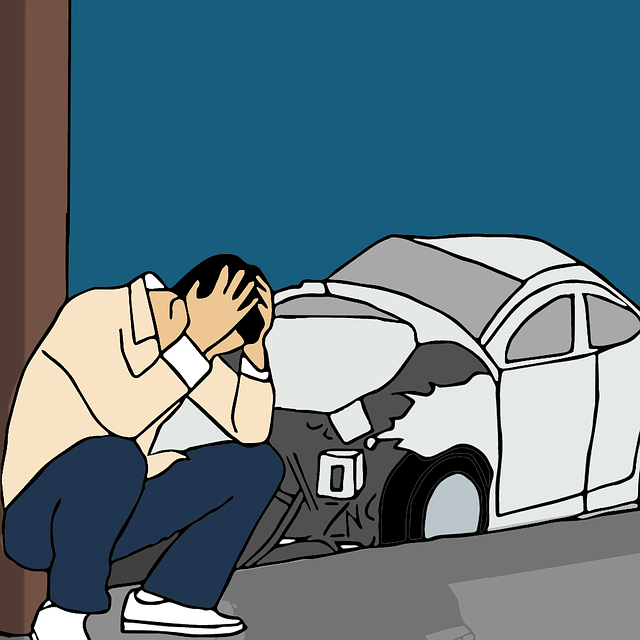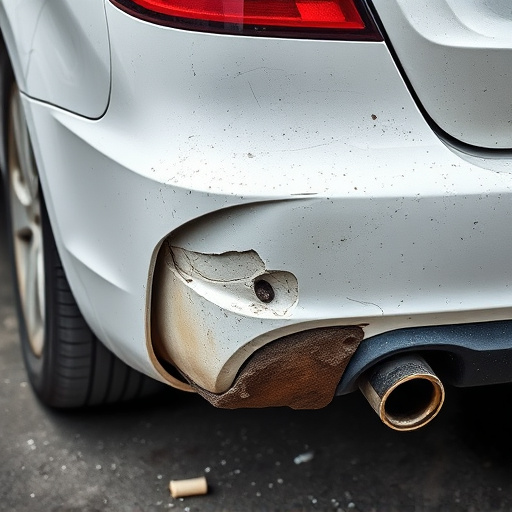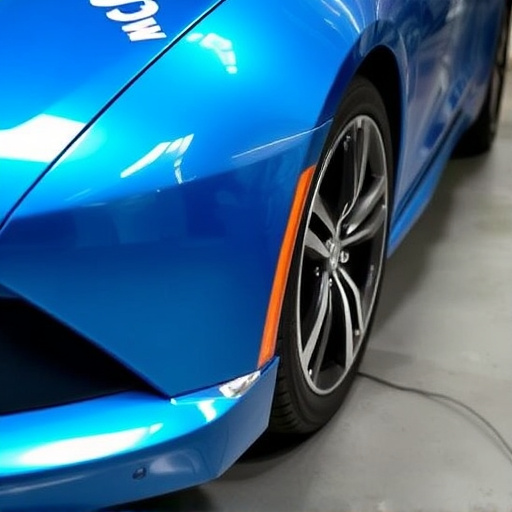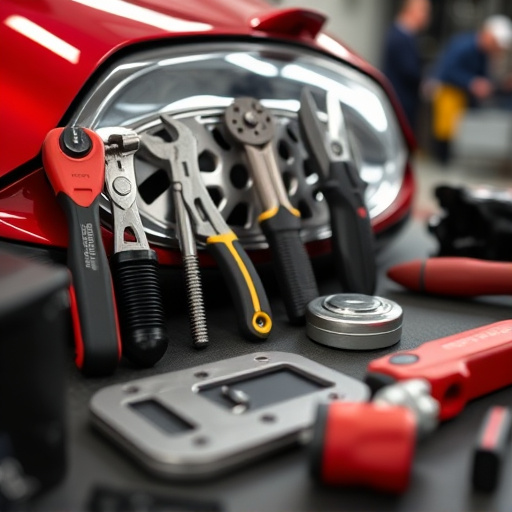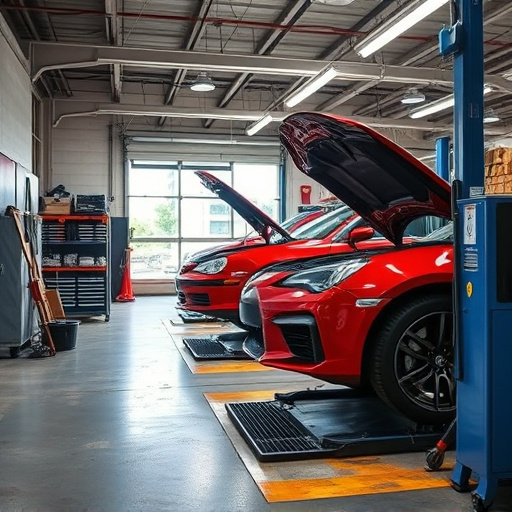Understanding potential battery damage after a crash is crucial for safe replacement. Test batteries with a multimeter and consult professionals. Consider age, quality, compatibility, and specifications for optimal performance. Prioritize safety, reliability, and vehicle maintenance when replacing batteries post-crash.
After a vehicle crash, understanding the potential damage to your battery is crucial for safety and reliability. This article guides you through the process of choosing the right replacement battery, focusing on key factors such as voltage, capacity, and compatibility. Learn how to ensure optimal performance and prevent future issues by selecting a battery that meets your specific needs, prioritizing both safety and efficiency in the event of a crash.
- Understanding Battery Damage After a Crash
- Key Factors to Consider When Replacing a Battery
- Ensuring Safety and Performance with Proper Battery Selection
Understanding Battery Damage After a Crash
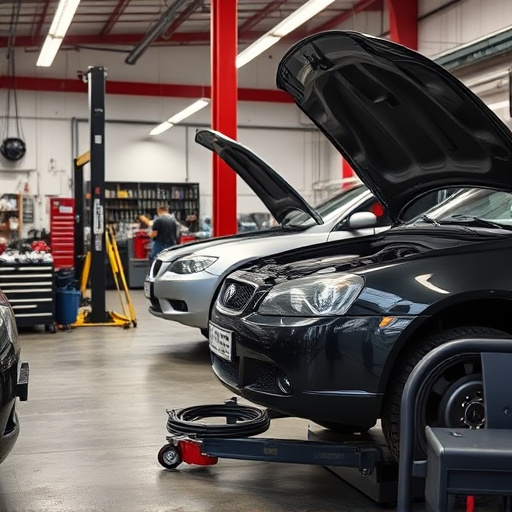
After a crash, understanding battery damage is crucial for choosing the right replacement. Batteries located in close proximity to the impact zone are at higher risk of sustaining internal damage, even if the external casing appears intact. Crashes can cause short circuits, cracked or swollen cells, and corrosion on terminal connections—all of which hinder optimal performance or render the battery completely inoperable.
Inspecting your car’s battery after a crash involves more than visual assessment. If possible, test it using a multimeter to measure voltage and current output. This helps identify issues like internal shorts or damaged cells that can’t be readily apparent from exterior examination. Engaging the services of a professional vehicle body shop specializing in car damage repair is advisable to ensure safety and accuracy during this critical process, especially when dealing with severe car bodywork damage.
Key Factors to Consider When Replacing a Battery

When considering a battery replacement after a crash, several key factors come into play. Firstly, assess the age and condition of the original battery. Older batteries may have lost their capacity and could be prone to failure again, so it’s crucial to invest in a high-quality replacement that offers reliable performance. Look for batteries with advanced technology, such as those designed with enhanced corrosion resistance and improved thermal management, ensuring longevity under varying conditions.
Additionally, consider the specific requirements of your vehicle make and model. Different cars have unique electrical systems, so ensure the new battery is compatible to avoid any issues. Many modern vehicles also incorporate smart charging systems; choosing a battery that’s compatible with these advanced features can enhance overall vehicle performance and contribute to better auto maintenance in the long run. Remember, a well-maintained battery is essential for reliable transportation, especially after an incident like a crash, where proper auto repair services might have already been undertaken.
Ensuring Safety and Performance with Proper Battery Selection
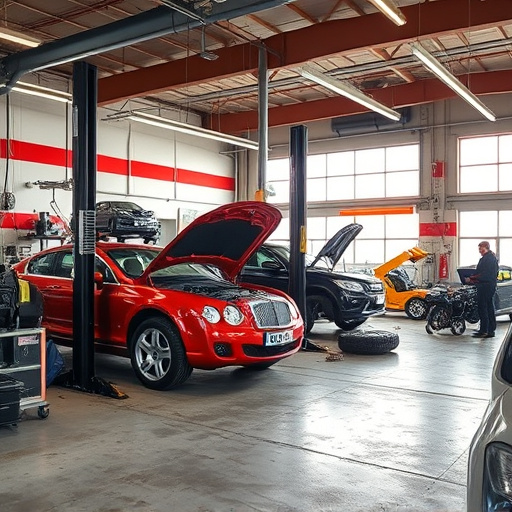
When choosing a replacement battery after a crash, prioritizing safety and performance is paramount. A car battery plays a crucial role in your vehicle’s electrical system, ensuring the proper functioning of essential components like lighting, ignition, and electronic systems. After a collision, it’s critical to inspect not only the visible damage but also the state of the battery to gauge its remaining capacity and potential internal harm.
Selecting the right battery involves matching its specifications to those of the original equipment, considering factors such as cold cranking amps (CCA), voltage, and size. Proper selection ensures not just that your vehicle starts reliably following repairs, including meticulous autobody repairs and auto painting, but also guarantees optimal performance and longevity. This is especially important because a poorly matched or damaged battery can pose safety risks, leading to power outages or even short circuits during critical driving conditions.
When it comes to replacing a battery after a crash, understanding damage, key factors, and safety are paramount. By considering these aspects, you can ensure your vehicle returns to peak performance. Remember, proper selection is crucial for both efficiency and longevity. For a seamless transition, stay informed about the latest advancements in battery technology, especially those designed for improved durability and safety features. Choose wisely to get back on the road safely with a reliable power source.


